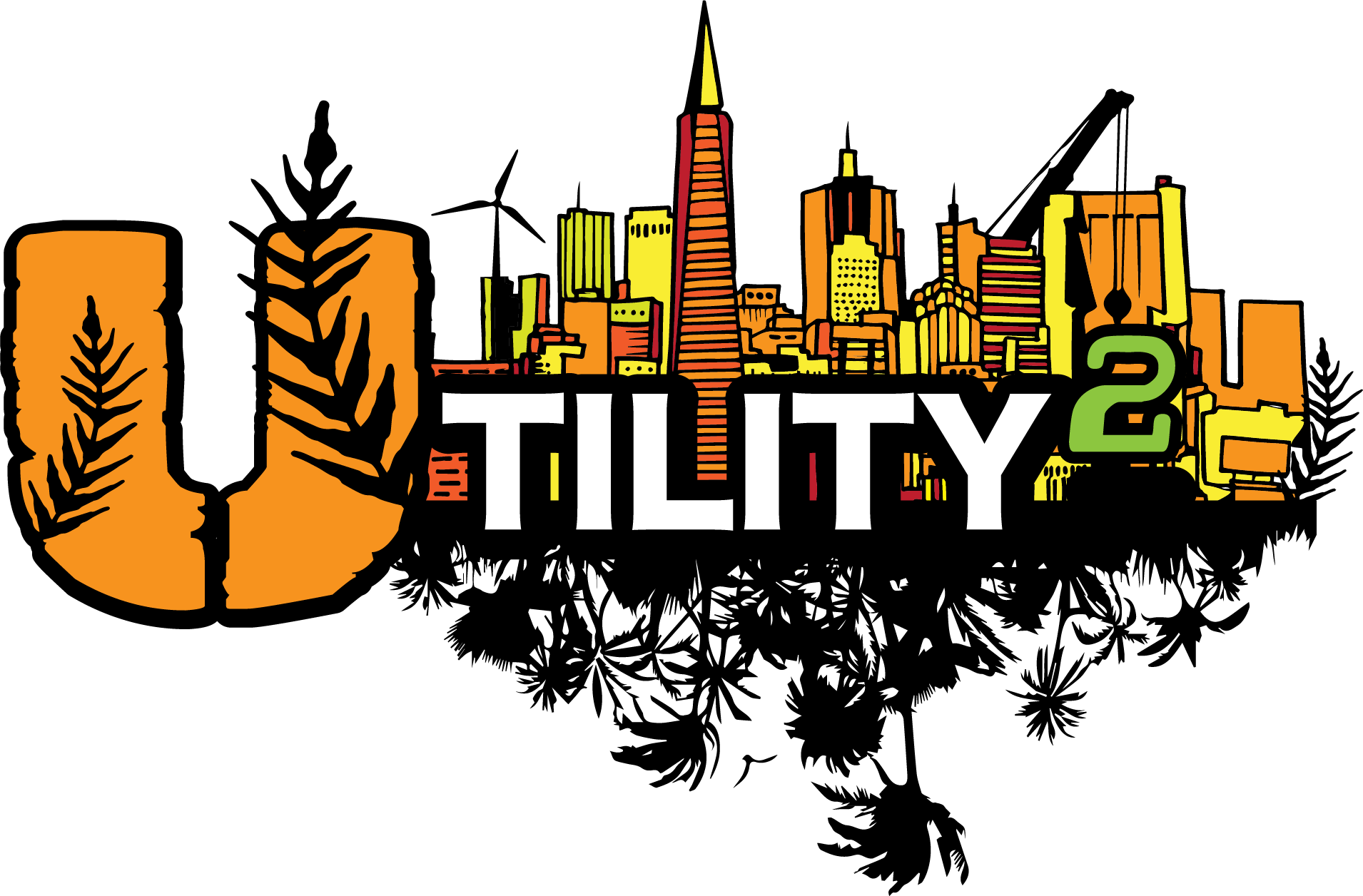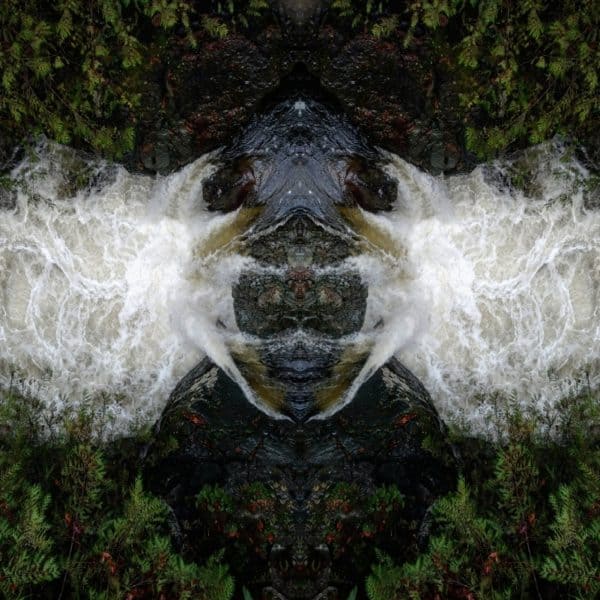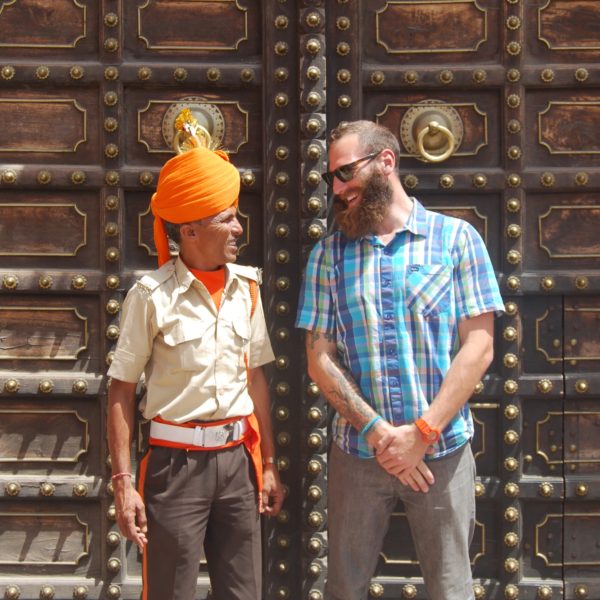Lago Atitlán is without a doubt one of the world’s most spectacular places; nestled between volcanoes, surrounded by jungle, accessed only by a limited number of winding cliffside ‘calles’, and certainly no stranger to Guatemala’s volatile history. My partner and I were fortunate enough to disregard the US travel warning (July 12,019), spending time in Antigua, exploring the town and its volcano’s before taking a week to adventure around the Lago. It was along this journey in which my observations pushed me over the edge, and to take action – even if the first step is a blog post! But rather than tell tales of a gringo yoga retreat, I would like to discuss a much more pressing matter facing this spectacular gift of geology;
the longevity of its existence as we know it.

Sierra and I decided to take a tourist shuttle rather than the ‘Chicken Bus’ from Antigua; a bit more expensive, but also a quicker, straight shot, with no bus changes. It was clear to me that this destination had become much more traveled after seeing many new road construction and infrastructure projects in place or in progress to accommodate increased traffic. As we rode towards our destination, my excitement peaked at the first sign for ‘Lago Atitlán’. However, after passing through Sololá, and then entering Panajachel, my anxiety struck a foreign chord…
“There are a lot people! This is, like a city?! Why are there so many tiendas?? I thought this was a secluded, unadulterated Lake‽” rattled my confused gringo brain.
Turns out, expectations are usually a bad thing in the era of IG filters and superficial travel blogs…
Navigating through the narrow, meandering roads, with the bus taking multiple unnecessary risks to pass slow traffic, we eventually exit in the heart of Panajachel, the launch point for all things Lago Atitlán. It was here we started our journey around The Lake via planchas públicos, and the experience which propelled my passions into compassion for this region, and its people.

We made home base at Casa Del Mundo, a more secluded and wholesome accommodation, with quite an amazing story, and incredible local staff. During our stay, we traveled by foot, alongside Maya women carrying firewood and supplies on the hazardous cliffside jungle trail between towns; by boat to get a bit further around the lake. Everything was beautiful, just like on IG! But when visiting the many popular destinations and hidden barrios, it was impossible to overlook the most obvious signs of municipal deficiency; widespread littering, abundant floating refuge, abnormal populations of stray dogs, and lack of any visible treatment for the town’s runoff directly entering Lago Atitlán. However, while the Western mind may judge local community for these observations, one most exercise compassion and understanding for the people here. As this complex issue has many external contributors (including yourself), who continue to exploit, intentionally or inadvertently, the shear magnetism of this destination.

Sadly my friends, like so many wonders in this world, Lake Atitlán is falling victim to its own success. Continued expansion from tourism, the associated land-development opportunities, and increased regional agricultural activity all translate to severe degradation of the Lake’s health. It should be no surprise that inadequate governance and lackluster regulations surrounding development could spell another ecological wound for Central America. Most people, tourists and indígenas, continue along their journey without knowing the extent of which The Lake is at risk from a nearly invisible threat.
In effort to communicate and identify viable solutions to the immediate problems facing each and every ciudad, villa, y barrio cerca del Lago Atitlán, I share my story…
El Problema del Aqua
While some of the larger towns, around and above the lake, have a degree of existing water supply and wastewater treatment-related infrastructure, these systems are either insufficient in capacity/design, or are poorly operated due to a variety of complex factors (i.e. corruption). As a result, the anthropogenic effects of a growing Lago community have pushed the regional ecosystem to the brink of collapse; studies indicate critical depletion of the oxygen layer via eutrophication within 10 years. Why? Well, as demonstrated in countless other natural wonders, Humans are quite notorious at changing the long-standing ecological balance:

These factors all contribute to the rapid loss of biodiversity, native fauna/flora, and the forecasted collapse of the Lake’s ecosystem through the eutrophication process; at which point the indigenous way of life ceases to exist, fisheries collapse, and Lago Atitlán’s people become reliant on external resources to survive. This trend of destroying the natural balance between indigenous Humans and their environment, in the name of profiteering and private corporatization, is all too common and nevertheless, concerning.
The time for implementing solutions is now! History has proven no stakeholder has an excuse for inaction; tourists included.

¡Basura, Basura! Esta en todos lugares!
This is not an isolated problem at the Lago, and certainly a huge challenge the World faces in unison; with the adoption of plastics, single-use packaging, lack of disposal programs/education, and relative disregard by producers for the end-of-life phase of these cheap and massively prominent products. If you take a look at any picture of the Lago, it’s many towns, trails, and calle’s; zoom in far enough and you’ll find trash! Unfortunately, while walking about, one does not need a lens to see how much of a problem this presents to the otherwise ‘pristine’ Lago Atitlán of the past millennia. Traditionally, many Central American cities have a well-sorted glass bottle deposit/refund system to reclaim/reuse containers; however, this trend is quickly disappearing with the continued market-acquisition and consolidation of bottling factories. Consequentially, we can expect to see increased glass bottle litter making an appearance throughout affected areas, since recycling programs are the only means to provide incentive for proper disposal. When it comes to organic waste, plastic, cans, and packaging, it is anyone’s guess where it’ll end up… On the road to The Lago, you’ll see no shortage of haphazard open-dump sites, many smoldering.

So, it begs the question, what can we do as tourists?

At the end of the day, we ALL have the responsibility of practicing proper waste disposal, advocating for recycling/reuse programs, reducing our usage of plastics, and picking up trash when we see it – no matter the source! Be a role model for others; be a steward of the Earth #packinpackout
Los Perros Son Un Problema
We had a good laugh upon seeing a stray dog eating a fallen avocado in the streets of Jaibalito, referring to the price that ‘Hippies with iPhones’ pay for their/our beloved toast. A more serious concern followed upon seeing the sheer quantity of dogs populating the pueblos surrounding the lake. Sure they are cute and adorable, make for great companions, added security in these remote parts, but also jeopardize Lago Atitlán’s natural ecosystem. The countless stray dogs contribute literal tons of waste pollution every day through stormwater runoff. While the impact of this inadvertently caused source of contamination is difficult to quantify, there is no question as to the ecological consequences and human health implications #pickupthepoo. Beyond the fecal matter, we also must realize that stray animals often carry fleas, disease, and can result in some very serious health problems for children and adults – rabies is no joke! This issue must be addressed for the Lago’s restoration process and ecological longevity…
Global studies have demonstrated successful population reductions through sterilization and immunization programs; this issue then shifts to having the necessary resources to implement. Fortunately, these programs present opportunity and a level of skilled employment for a local community! How can we help support existing organizations, while fostering new programs in affected areas? Typically, they are volunteer-based, donor-funded, and relatively small in capacity; so next time you ‘tourist’ in an area with a stray dog problem, ask around for the local veterinarian and donate!
After all, do we really want stray dogs to be yet another wound for this staggeringly beautiful place?!
La Gente Està Primero
We must return to the catalyst of writing this post; La Gente del Lago Atitlán.
We stumbled into a curious sushi place in Panajachel, full of historic pictures; an emotional account of the exploitation of indigenous people by many foreign colonizers. Guatemala became the center of agricultural productivity through theft of lands and forced labor.
While traveling around Guatemala, I learned some truly amazing and humbling facts about its most important population, including the realization of the region’s volatile and violent history…
The People are first; and it must be their community, fully engaged, to drive sustainable and regenerative solutions.
Un Camino Sostenible Hacia Adelante
(A Sustainable Path Forward)
It takes the will of a few to change the behavior of millions, and this is where The Utility² Project: Jaibalito hopes to break ground…starting with feasible, basic upgrades to existing infrastructure, bolstered with community education and empowerment to restore and preserve the pristine beauty of Lago Atitlán for future generations.
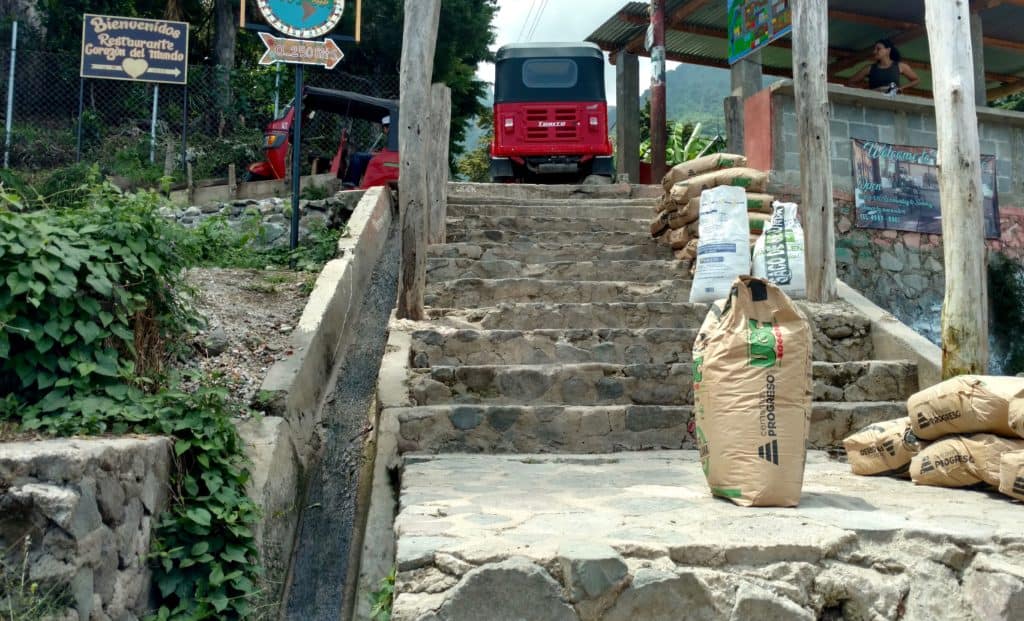
Facilitating the immediate reduction and mitigation of point-source runoff contamination using low-cost, decentralized treatment solutions.
- Retrofit as many of the town’s culverts with ‘headworks’ to capture larger debris and garbage, before it enters the Lake; this could be as simple as mesh screens, maintained by a designated local group!
- If additional measures are needed to treat organic loading, biochar or other carbon media may be installed as part of ‘primary treatment’ micro-infrastructure.
- In-situ treatment of run-off, once in the Lago, via phytoremediation with the replanting of native flora Tul; a
These components may be retrofitted to the existing culverts to route grey water and storm water with easily available materials, and installed by the local community workforce. The infrastructure’s success will be supported by community (and youth) education on the direct benefits of these components, including training on maintenance and repairs!
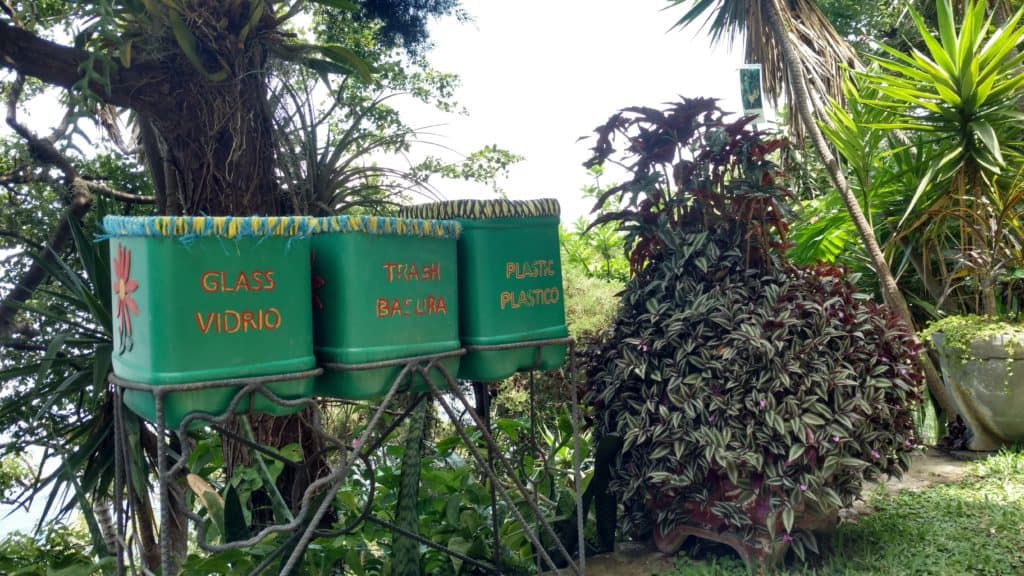
MSW sorting is a fundamental step in recognizing material value.
Tackling the problem of municipal solid waste (MSW) through educating communities on its beneficial reuse, and the importance of proper disposal.
For environments/ecosystems experiencing adverse reactions to increased tourism…
WHAT IF international tourist were required to pay a small tax when booking a shuttle/transportation service to the subject location, from which a pool of money was allocated to fund solutions to the region’s most pressing issues? This thought assumes functional* a program does not already exist (*free from corruption in funds allocation).
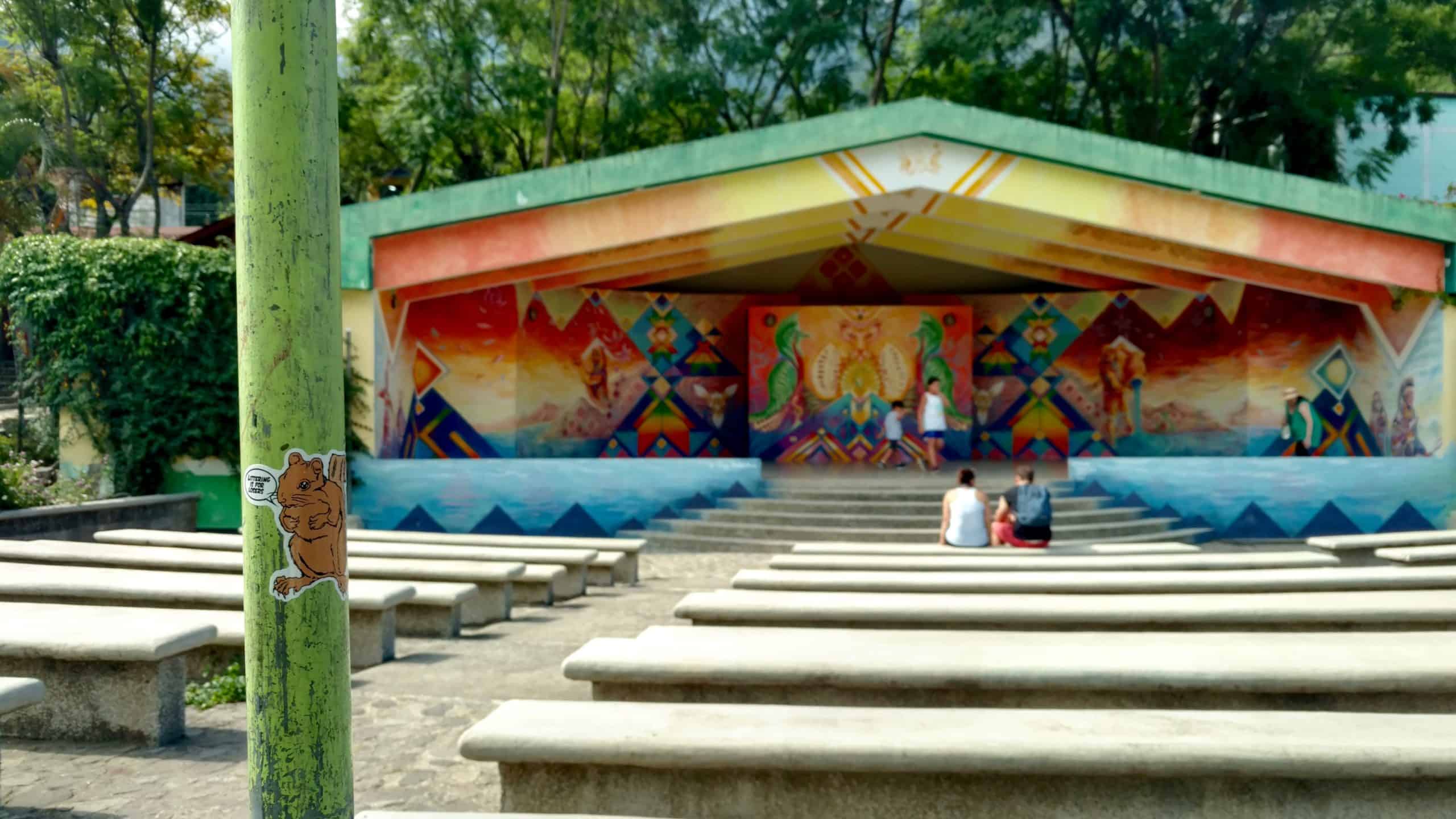
Interested in being part of the solution? Help us get The Utility² Project: Jaibalito funded and launched!
Connect with us and see how to help our mission
And check out these existing non-profit endeavors, local to Lago Atitlán and Guatemala!
Robert writes to share his experiences and observations through a lens of curiosity and questioning; why are so many places on Earth facing analogous challenges? how do we leverage nature’s regenerative mechanisms to craft more robust, equitable solutions? Utility² represents a big-picture vision in solving many shared challenges, by modernizing municipal utility services & infrastructure, while empowering community through engagement and cultural resilience in under-served, and developing regions.
